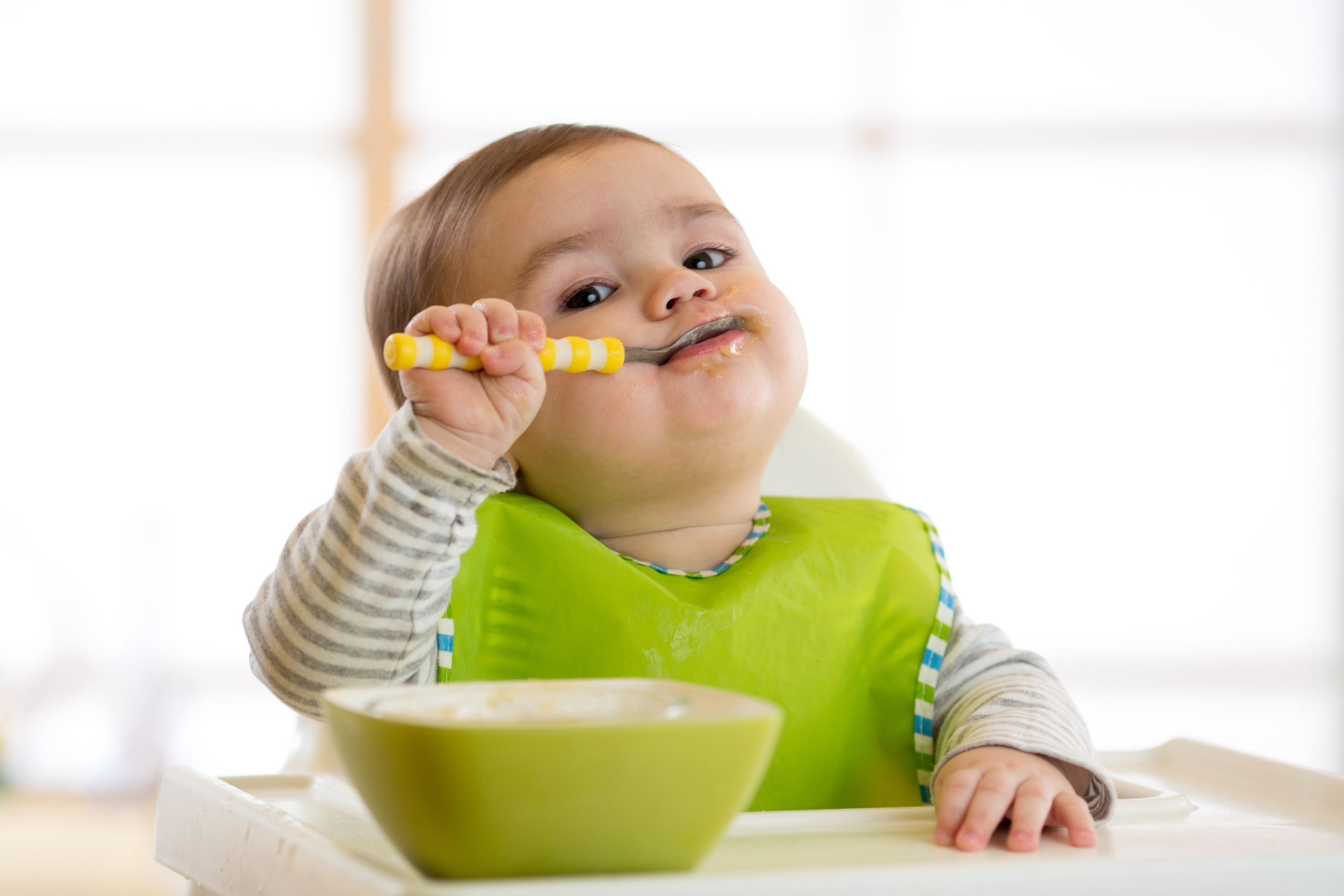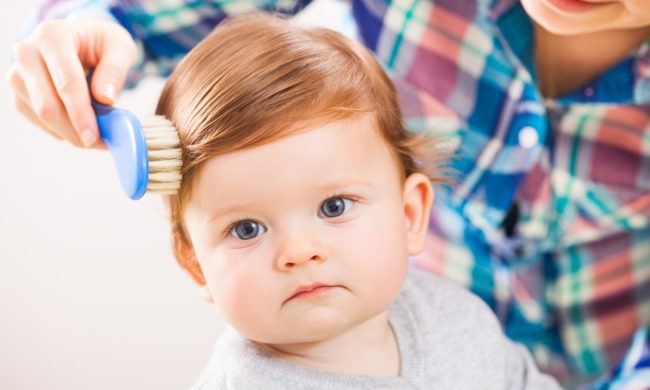We know many kinds of seafood, like tuna and salmon, contain crucial nutrients like vitamin D and omega-3 fatty acids. As parents, we want to give our kids the best and help them get off to a healthy start, so it’s understandable you want your child to eat fish, too.
But, if you were recently pregnant or breastfeeding, you know many doctors suggest limiting or avoiding mercury-dense fish like swordfish and tuna and raw fish like sushi. So, can toddlers eat salmon or tuna? Can they join you on a sushi night?
To help you navigate the waters of feeding your child fish, we spoke with Rima Kleiner, M.S., RD, a licensed dietitian and nutritionist who frequently writes about eating seafood on her blog, Dish on Fish.

Can toddlers eat fish?
Children can start eating fish like tuna and salmon when they begin solid foods, typically around 6 months. The nutrients, like protein, omega-3s, vitamin D, and calcium, are good for kids, too.
“Since toddlers are growing rapidly, adequate intake of these nutrients is essential for optimal brain, eye, bone, cell, and heart development,” Kleiner said. “Another overlooked but still important benefit of offering fish to young children is helping them to develop lifelong healthy food habits early on.”
But there are a few fish to avoid at first. Though you may want your little foodie-in-training to love sushi as much as you do, the FDA recommends not giving raw fish to young children.
“Stick with cooked-fish sushi in children 4 years and younger,” Kleiner said.
Opt for store-bought sushi with a “cooked-fish” label or order cooked fish at a restaurant.
“Rolling sushi makes a great age-appropriate sous chef job for your toddler [at home],” Kleiner said.
Mercury-dense fish, like swordfish and shark, are also no-no’s. You can introduce anything else to your little one starting at 6 months, and it’s definitely acceptable for a toddler. Kleiner said that it’s fine to serve it two to three times per week — a similar recommendation researchers give adults. Shellfish is an allergen, so introduce it and watch for any negative side effects, particularly if the allergy runs in the family.
How should you serve a toddler fish?
There are plenty of ways to give fish to your child. Kleiner suggests time-pressed parents give pouched or canned tuna and salmon or bite-sized pieces of cooked salmon. These Bamboo trays
You can add some interest by lightly breading fish sticks and serving with a dip like sweet honey mustard or mild barbecue sauce.
“If one of their favorite dipping sauces comes with the fish plate, picky eaters might be more willing to try something new,” Kleiner said.
Or, swap beef and chicken for salmon or whitefish on taco night.
“Make it fun,” she said.
Parents sometimes lament about the amount of food they waste when their kiddo doesn’t finish it all. Since it’s best not to force food on a child, consider storing the leftovers in containers like these from Rubbermaid
These easy-to-grip spoons and forks
What happens if you’re dealing with a picky eater?
Fish can be an acquired taste for some kids, but research shows kids who are involved with shopping and meal prep are more likely to eat the food.
“Young children can open pouched or canned tuna and salmon, scoop it out … and mix it into … cooled dishes,” Kleiner said.
Takeaways
Your toddler can eat fish like tuna and salmon — these foods actually have a bevy of health benefits, including vitamin D and omega-3 fatty acids. There are a variety of ways you can serve fish to your toddler, including pouches, bite-sized and lightly breaded potions. Make things more fun and satisfy a picky eater by including fish in toddler-favorite foods like mac and cheese, quesadillas, and tacos.




